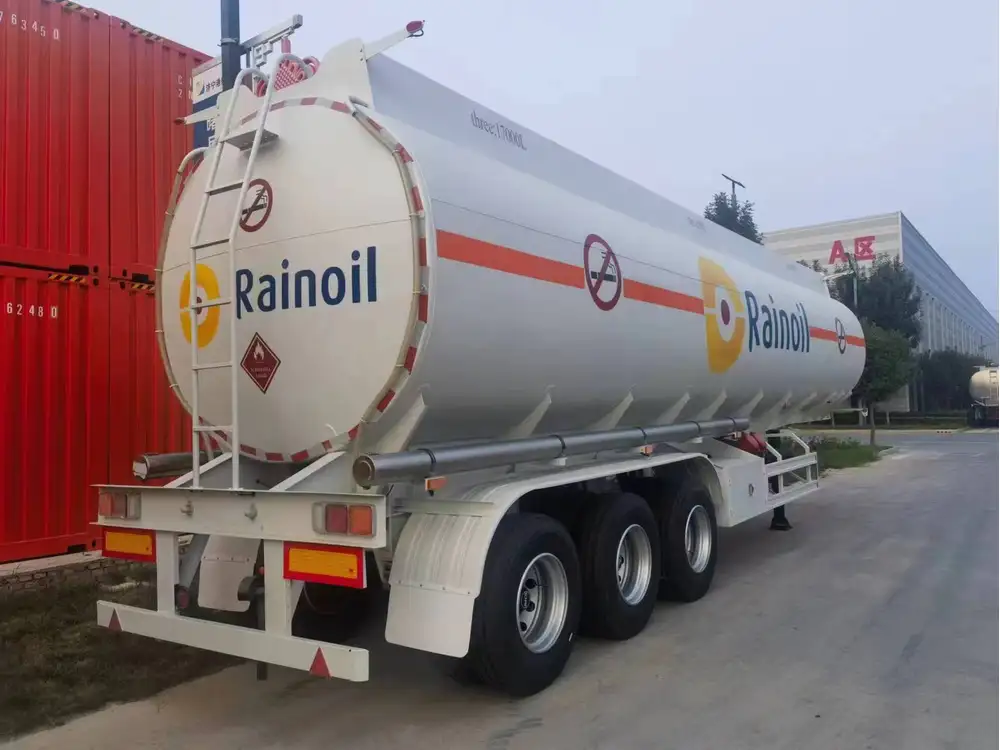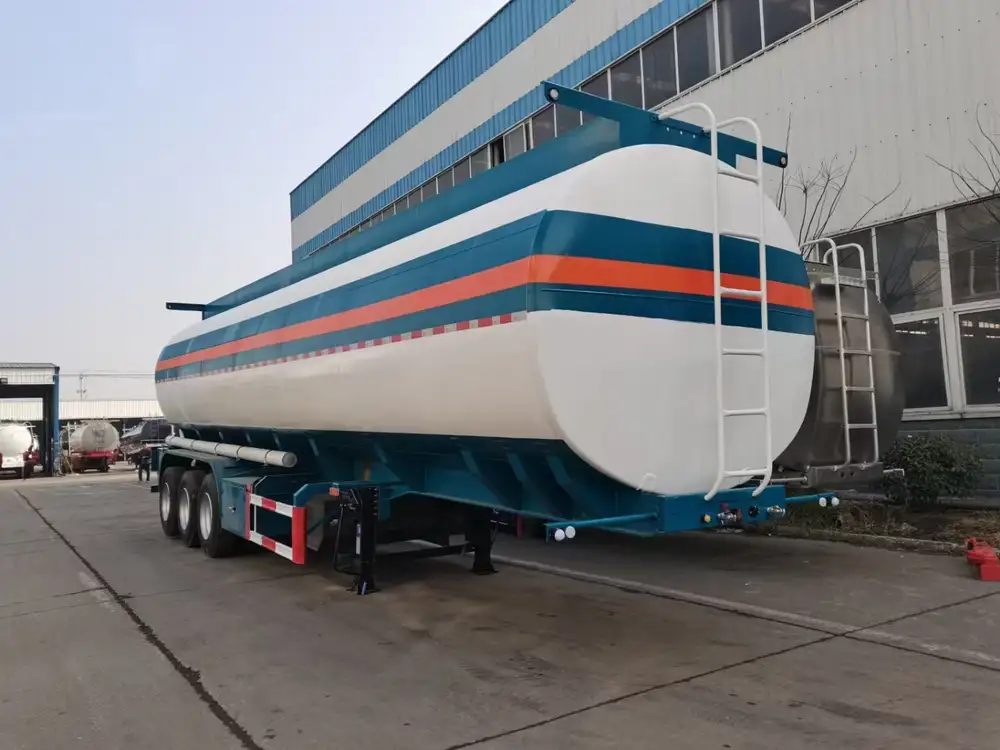Understanding the capacity of a semi-trailer for transporting soybeans is crucial for farmers, distributors, and logistics providers in the agricultural sector. With soybeans being one of the most widely cultivated crops in the world, determining the number of bushels a semi-trailer can hold plays a significant role in planning efficient transport, maximizing profits, and minimizing costs.
Key Factors Influencing Capacity
Before diving into specific numbers, it’s essential to consider several factors that influence a semi-trailer’s capacity to carry soybeans. These factors can significantly affect how many bushels can be loaded:
| Factor | Description |
|---|---|
| Trailer Type | Different semi-trailers (e.g., flatbeds, bulk, or hopper trailers) have varying capacities. |
| Dimensions & Size | Length, width, and height of the trailer contribute to how much product it can hold. |
| Weight Limitations | Each trailer has a maximum weight rating that can restrict the number of bushels carried. |
| Soybean Density | The weight of soybeans per bushel can fluctuate slightly, affecting load calculations. |
Typical Capacities of Semi-Trailers

Standard Semi-Trailer Dimensions
Most semi-trailers used for hauling soybeans are typically designated as 53-foot trailers, which are standard in the industry. The internal dimensions and cubic capacity can greatly influence the potential load.
- Average Dimensions: 53 feet long, 8.5 feet wide, and 13.5 feet high.
- Cubic Foot Capacity: Approximately 3,500 to 4,000 cubic feet depending on the design.
Calculating Bushel Capacity
To convert the total capacity into bushels, we must consider the weight and volume of soybeans. One bushel of soybeans weighs roughly 60 pounds. The average volume of a bushel is approximately 1.244 cubic feet.
To calculate the bushel capacity of a typical semi-trailer:
Cubic Feet to Bushels Calculation:
- ( \text{Total Cubic Feet} ÷ 1.244 = \text{Total Bushels} )
Example Calculation Using 3,800 Cubic Feet:
- ( 3,800 ÷ 1.244 ≈ 3,055 \text{ bushels} )
- This calculation highlights that a standard 53-foot semi-trailer can hold approximately 3,055 bushels of soybeans when optimally loaded without exceeding weight restrictions.
Weight Considerations
The weight capacity of a semi-trailer must also be factored into the equation. A typical semi-trailer combination can handle a gross vehicle weight (GVW) of around 80,000 pounds, including the tractor.
- Weight of Load:
- For soybeans: 3,055 bushels can weigh about ( 3,055 \times 60 = 183,300 \text{ pounds} ).
- This weight exceeds the legal limit, necessitating adjustment in loading strategy.

Realistic Bushel Load
Given the weight restrictions, the realistic load will depend on the individual haul configuration, often capping the load at around 42,000 to 50,000 pounds of cargo, which translates to more feasible bushel counts.
- Revised Bushel Calculation:
- At 50,000 pounds ( (50,000 ÷ 60 = 833.33) ):
- A semi-trailer can realistically haul approximately 833 bushels when adhering to weight limits.
Adjusting for Boundaries & Efficiency
When planning transport logistics, it is essential to optimize not just for maximum capacity but also for the transport efficiency and state-specific regulations on weight and size.
| State | Gross Weight Limit (Pounds) | Adjusted Bushel Capacity |
|---|---|---|
| California | 80,000 | ~1,416 bushels |
| Texas | 80,000 | ~1,416 bushels |
| Illinois | 80,000 | ~1,416 bushels |
Adjustments made by regional regulators can directly impact logistical operations and profitability. Thus, it is vital for businesses in the agricultural supply chain to stay informed about varying regulations.
Best Practices for Loading
To maximize the number of bushels per transport while ensuring compliance with weight regulations, consider adopting the following best practices:
Optimize Loading Techniques:
- Use specialized loading equipment to distribute weight evenly.
- Maintain a balance that adheres to the recommended weight limits.
Regular Calibration of Equipment:
- Ensure loaders and scales are regularly checked for accuracy to prevent over or underloading.
Know Your Trailer Specs:
- Familiarize with the specifications of the trailer being used, as different configurations such as bottom dump or pneumatic tanks can significantly influence overall capacity.
Consider Proper Storage Solutions:
- Utilize storage systems that allow you to sort and store soybeans according to their quality, ensuring premium grades are prioritized for transport, enhancing overall logistics efficiency.

Conclusion: Maximizing Transport Efficiency
Understanding how many bushels of soybeans a semi-trailer can hold is crucial for making informed decisions on logistics, finance, and planning. By considering factors such as trailer type, volume, weight restrictions, and regulations, agricultural businesses can optimize their transportation strategy, ensuring they make the most of each haul.
Summary Table: Key Takeaways
| Aspect | Answer |
|---|---|
| Standard Trailer Length | 53 feet |
| Average Bushel Capacity | ~3,055 bushels (volume) |
| Weight Limitation Consideration | ~833 bushels (realistic load) |
| Important Best Practices | Optimize loading, calibrate equipment |
Organizations must not only focus on maximizing trailer capacity but also foster communication with all stakeholders involved to ensure compliance and operational efficiency.
Continuously adapting strategies based on analysis and market conditions will help maintain competitive advantage in the agricultural transportation field while upholding quality and reliability within the supply chain. Whether you’re a farmer seeking to optimize logistics or a distributor managing complex supply routes, understanding the dynamics of bushel capacity in semi-trailers will empower you to achieve success.



